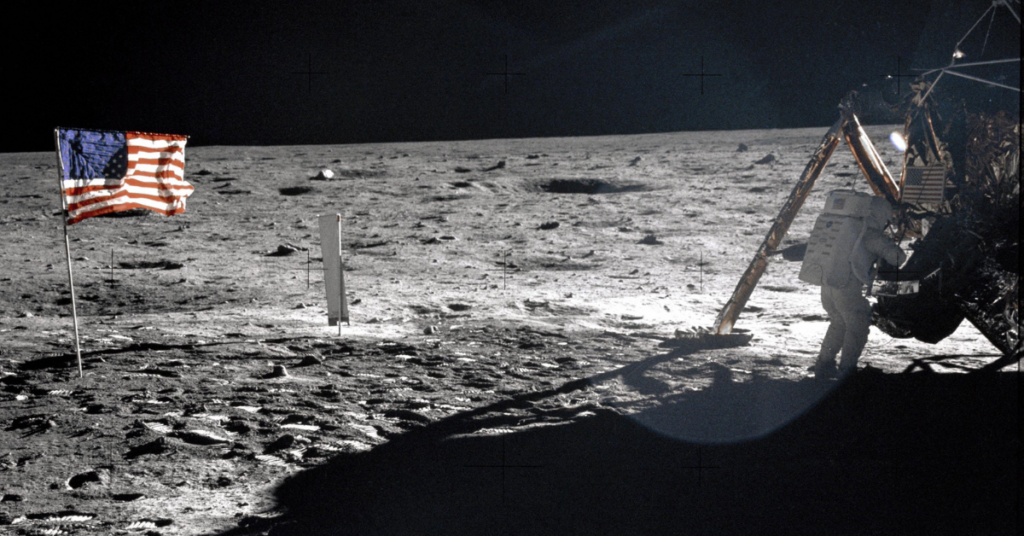As would be expected, Heritage Auctions’ Space Exploration Auction Featuring The Armstrong Family Collection™ Nov. 1-3 in Dallas is full of amazing artifacts relating to the first man to walk on the moon, from buttons to medals to flags to photos to an early flight suit. Suffice to say there is nothing like it anywhere, and it contains items that will capture the interest of the most serious collectors of space exploration memorabilia and those with even the most miniscule shred of interest in space exploration or history.
Among the unique lots, however, are two that would not catch anyone’s attention unless put in proper context: each is a small piece of wood, just over an inch long and slightly more than one-third of an inch wide, encased in a clear, plastic slab. Undefined, each could be one of the countless wood chips found in a timber mill, or at any construction site.
Except these chips are anything but ordinary. Instead, each is an Apollo 11 Lunar Module-Flown Piece of the Wright Flyer’s Propeller.
Think about that: pieces of the first powered, manned flight – the infamous effort by Wilbur and Orville Wright a few miles south of Kitty Hawk, N.C. – took place Dec. 17, 1903. In July 1969, Apollo 11 became the mission that enabled Armstrong and pilot Buzz Aldrin to become the first two men ever to set foot on the moon.
These small pieces of wood were on both flights, widely considered the two most important flights in history.
Several elements of the story are hard to believe. The fact that they survived from the first flight until the first trip to the moon was possible in large part because of the incredible technological advances between the two. After an initial failed attempt, the first flight in the Wright Flyer lasted 12 seconds and covered 120 feet – less than the wingspan of a Boeing 747. Fast-forward almost 66 years, and Armstrong commanded a mission that left the earth’s atmosphere, reached the moon, navigated an unprecedented landing and launch for the trip back home, survived reentry into the earth’s atmosphere and got its passengers – and these chips – home safely.
It’s hard to draw a parallel to the progress made between the “are they brilliant or crazy or both?” venture by the Wright Brothers and technological milestone that was Apollo 11, a trip completed with less on-board computer power than that which can be found in modern smartphones. This isn’t like jumping from an 8-track to a compact disc. This is more like the development of a system to classify blood types to a successful heart transplant – a scientific marvel that followed an almost identical timeline.
The propeller could have been destroyed in any number of potential mishaps that could have befallen the Wright Flyer. It could have been lost or discarded, or simply deteriorated over time. But it was preserved, and Armstrong – in what might have been a nod to its historical significance or even an early understanding that there might be a demand among collectors – agreed to take it along on Apollo 11. There are countless events and circumstances that could have prevented these extraordinary lots from surviving to reach this auction, or even existing in the first place … but didn’t.
These propeller pieces are an undeniable lesson in the history of flight, and their significance simply can not be overstated.
